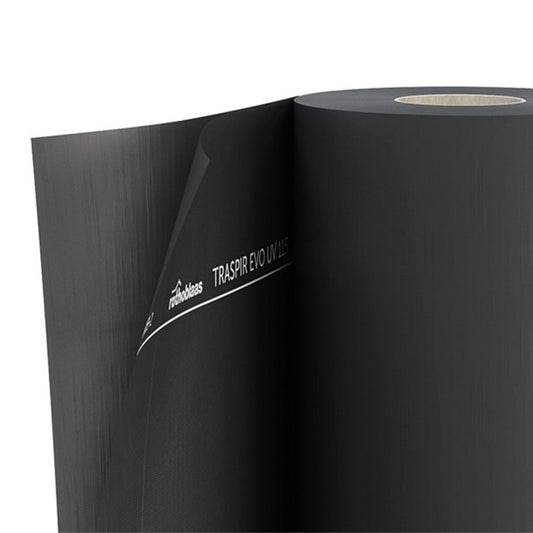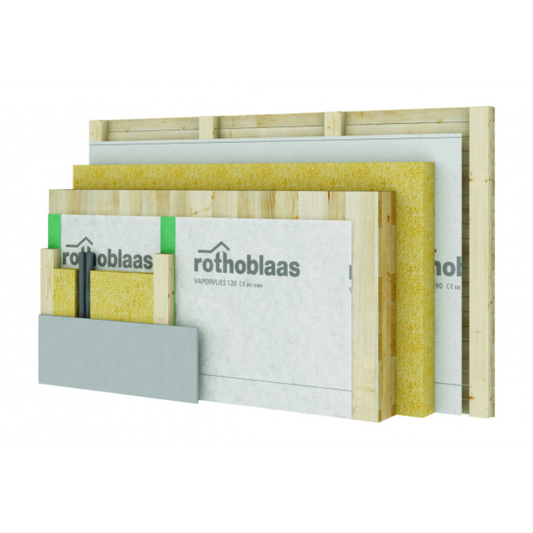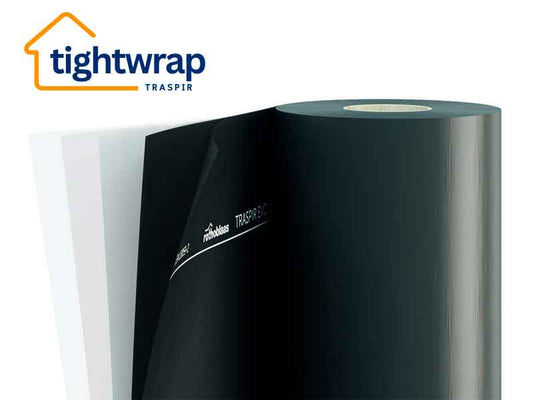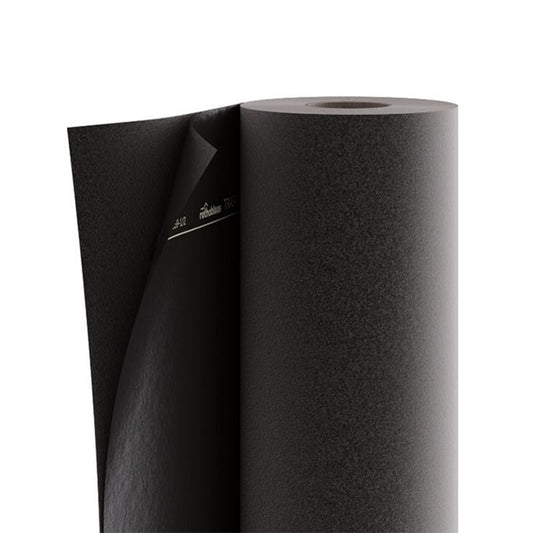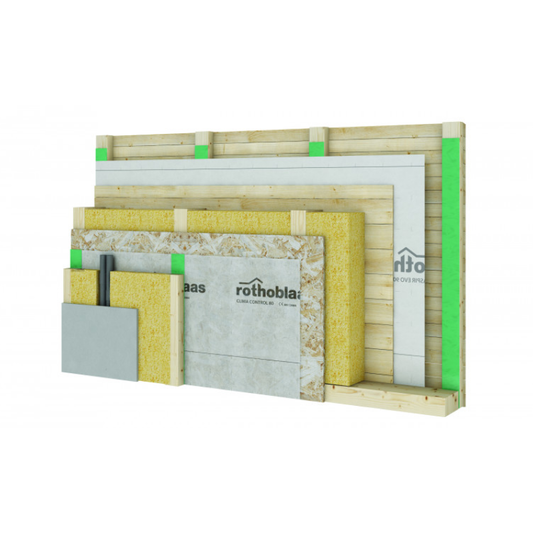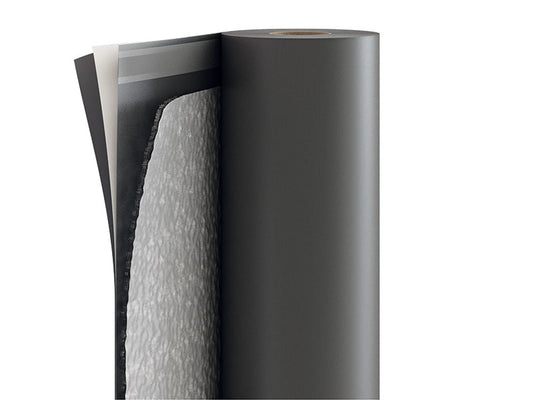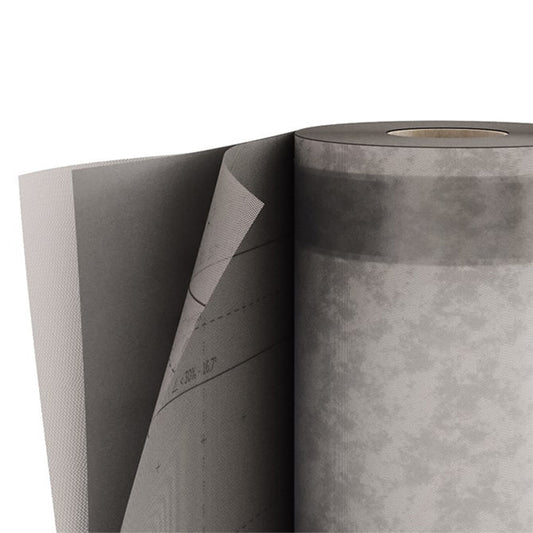
Roof Membranes
High-performance roof membranes for lasting protection
Roof membranes are a critical component in timber construction, providing an essential barrier against moisture, improving insulation, and protecting the structural integrity of a building. Whether you need a breathable roof membrane to allow water vapour to escape or a waterproof membrane for a roof to prevent water ingress entirely, choosing the right roofing solution is vital to ensuring long-term durability and performance.
Timber structures are naturally susceptible to moisture-related issues such as rot, mould, and condensation buildup. Without an effective roof membrane, these problems can compromise the integrity of the building, leading to costly repairs. A well-installed membrane acts as a secondary line of defence beneath roofing materials, ensuring that any moisture penetration is managed and controlled effectively.
Modern roof membranes are designed with advanced materials that balance breathability and waterproofing, making them suitable for a range of roofing applications, including pitched and flat roofs. By selecting the correct type of roofing membrane, builders and homeowners can significantly enhance the lifespan and performance of a timber structure. Browse our roof membranes below.
-
Traspir Evo UV 210
Regular price £439.71 GBPRegular priceUnit price / per -
Traspir Evo UV 115
Regular price £296.23 GBPRegular priceUnit price / per -
Vaporvlies 120
Regular price From £101.27 GBPRegular priceUnit price / per -
Traspir EVO UV Adhesive 250 'Tightwrap' - External Air Tightness Barrier Membrane
Regular price £723.09 GBPRegular priceUnit price / per -
Traspir Felt Evo UV 210
Regular price £307.80 GBPRegular priceUnit price / per -
Clima Adapt 80
Regular price £177.12 GBPRegular priceUnit price / per -
Traspir Metal 610 for Soundproofing for Roofs
Regular price £465.94 GBPRegular priceUnit price / per -
Traspir 150
Regular price From £120.00 GBPRegular priceUnit price / per -
Traspir Evo 160
Regular price £307.03 GBPRegular priceUnit price / per
How do roof membranes work?
Roof membranes serve multiple functions depending on their type and intended application. The two primary categories of roof membranes are:
- Breathable roof membranes – these allow water vapour to escape while preventing rain and moisture from entering. They help to reduce condensation build-up inside the roof structure, making them ideal for timber buildings where ventilation and moisture management are crucial.
- Waterproof roof membranes – these are designed to provide a complete barrier against water penetration. They are commonly used in low-pitch and flat roof applications where water runoff is slower, reducing the risk of leaks.
In a typical roofing system, the membrane is laid beneath tiles, slates, or other roofing materials to act as a protective barrier. It catches any moisture that penetrates the outer layer and directs it safely away from the building. The membrane also helps to regulate air movement, preventing draughts and improving the overall energy efficiency of the structure.
By working in conjunction with insulation, ventilation, and roofing materials, roof membranes contribute to a more stable and durable building envelope, ensuring timber buildings remain weather-resistant and structurally sound.
What are the benefits of roof membranes?
Investing in a high-quality roof membrane provides a range of benefits that enhance the overall performance of a timber building:
- Moisture control - One of the primary functions of a roof membrane is to manage moisture. By preventing rainwater from entering the structure while allowing excess water vapour to escape, breathable roof membranes help reduce the risk of condensation, damp, and timber rot.
- Weather protection - A roof membrane acts as a secondary weatherproofing layer, preventing leaks caused by damaged or displaced roof tiles. This added protection is especially beneficial in areas with heavy rainfall or extreme weather conditions.
- Improved energy efficiency - By limiting unwanted air movement, roof membranes contribute to better insulation performance. They help to reduce draughts and heat loss, making buildings more energy-efficient and comfortable to live or work in.
- Extended roof lifespan - By protecting the timber framework and insulation materials from moisture damage, a roof membrane can significantly extend the life of the roofing system. This reduces the need for maintenance and costly repairs.
- Enhanced structural integrity - Timber is highly susceptible to moisture damage. A roof membrane helps to maintain the integrity of the structure by preventing prolonged exposure to damp conditions, which can lead to warping, weakening, and decay.
What to consider when choosing a roof membrane for your timber structure?
Selecting the right roof membrane depends on several key factors. It’s essential to consider the following before installation:
Type of membrane
- Breathable roof membrane – suitable for pitched roofs where controlled ventilation is required to prevent condensation build-up
- Waterproof roof membrane – necessary for low-pitched or flat roofs where complete water resistance is a priority
Climate conditions
- The level of rainfall, humidity, and temperature fluctuations in your region will determine the most appropriate roof membrane for long-term performance.
Roof design and pitch
- Different roof pitches require different types of membranes. Low-pitch roofs need fully waterproof membranes, while steeper roofs can benefit from breathable membranes that help manage condensation.
Compatibility with roofing materials
- Ensure the chosen roof membrane is compatible with your roof covering, whether it’s tiles, slates, or metal sheets. Some membranes work better with specific materials, providing improved adhesion and durability.
Installation requirements
- Some roof membranes require additional sealing, taping, or specific overlapping techniques to function effectively. Checking installation guidelines will help ensure proper performance.
Can you fit roof membrane on the inside?
No, roof membranes should not be installed on the inside of a roof structure. They are specifically designed to be positioned externally, between the roofing material and the timber framework. Installing a roof membrane internally can trap moisture within the structure, increasing the risk of condensation buildup, damp, and timber decay.
For internal moisture control, it’s recommended to use a vapour control layer (VCL). This works alongside the roof membrane by preventing warm, moisture-laden air from entering the roof space and condensing on cold surfaces.
Should roof membrane go into the gutter?
Yes, the roof membrane should extend slightly into the gutter to help channel any moisture away from the structure. This ensures that any water reaching the membrane—whether from leaks, condensation, or driving rain—is properly drained off the roof rather than pooling or seeping into the building.
For best results:
- The membrane should extend at least 50mm into the gutter
- It should be installed with a slight gradient to encourage water run-off
- Any overlaps or joins should be sealed correctly to prevent moisture ingress
Proper installation in this area is essential for preventing water damage and maintaining the effectiveness of the roof membrane.
How long does a roof membrane last?
The lifespan of a roof membrane depends on the type, quality, and exposure to environmental conditions. Generally:
Breathable roof membranes – can last 25–50 years, provided they are installed correctly and not exposed to prolonged UV radiation
Waterproof roofing membranes – tend to have a longer lifespan, often exceeding 50 years, especially when used in conjunction with high-quality roofing materials
Regular roof inspections and maintenance will help ensure the roof membrane continues to function effectively throughout its lifespan.
A roof membrane is a crucial component in timber buildings, offering protection against moisture, improving energy efficiency, and ensuring the long-term durability of the structure. Whether you require a breathable roof membrane for condensation control or a waterproof membrane for a roof to prevent water ingress, choosing the right product is essential for maintaining a high-performance building envelope.
By understanding how roof membranes work, their benefits, and installation considerations, you can ensure your timber structure remains well-protected against the elements for decades to come.
Timber build advice:
-

How to soundproof a timber house?
Find out how -
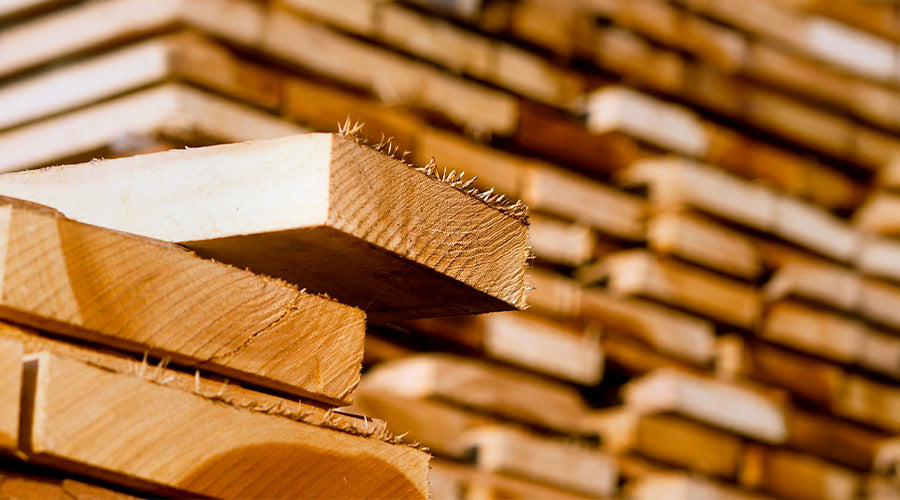
How to connect timber to…..?
Find out how -
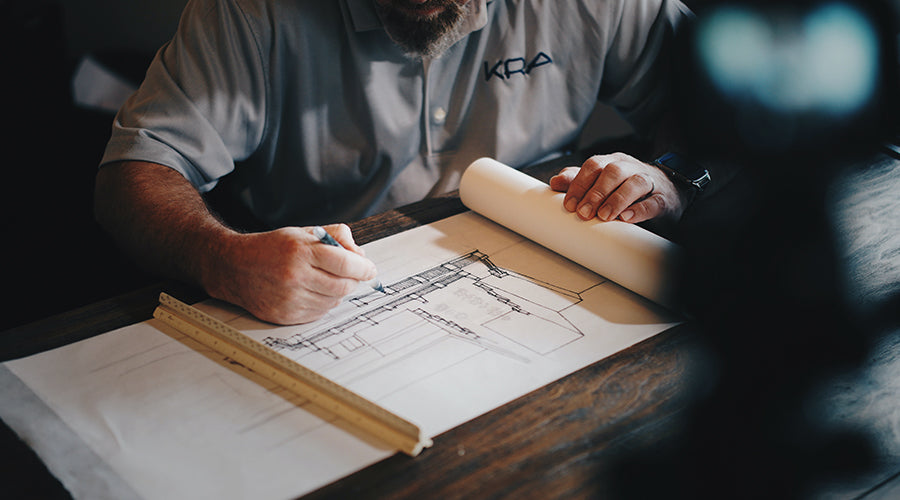
How to fix timber build noise issues?
Find out how
Need advice on your timber project?
Our team of experts are ready to assist you with any questions or guidance you may need for your timber construction. Whenever you're ready to delve deeper into the possibilities, feel free to reach out to us.


